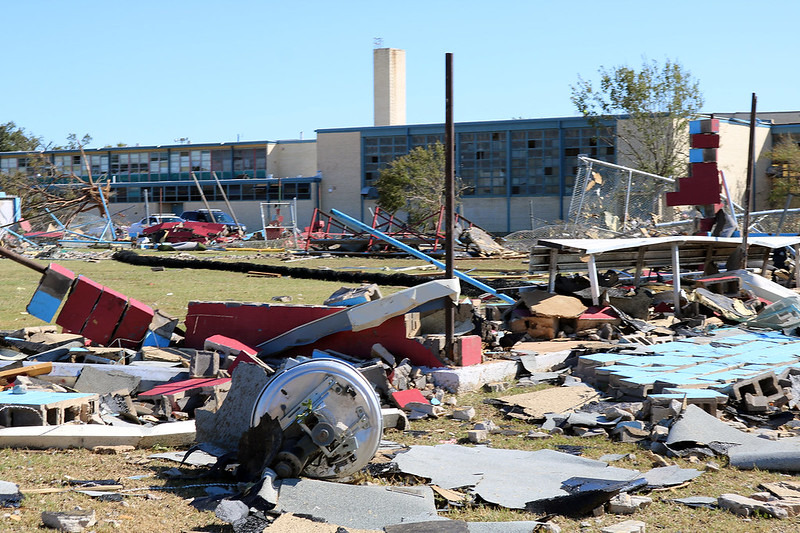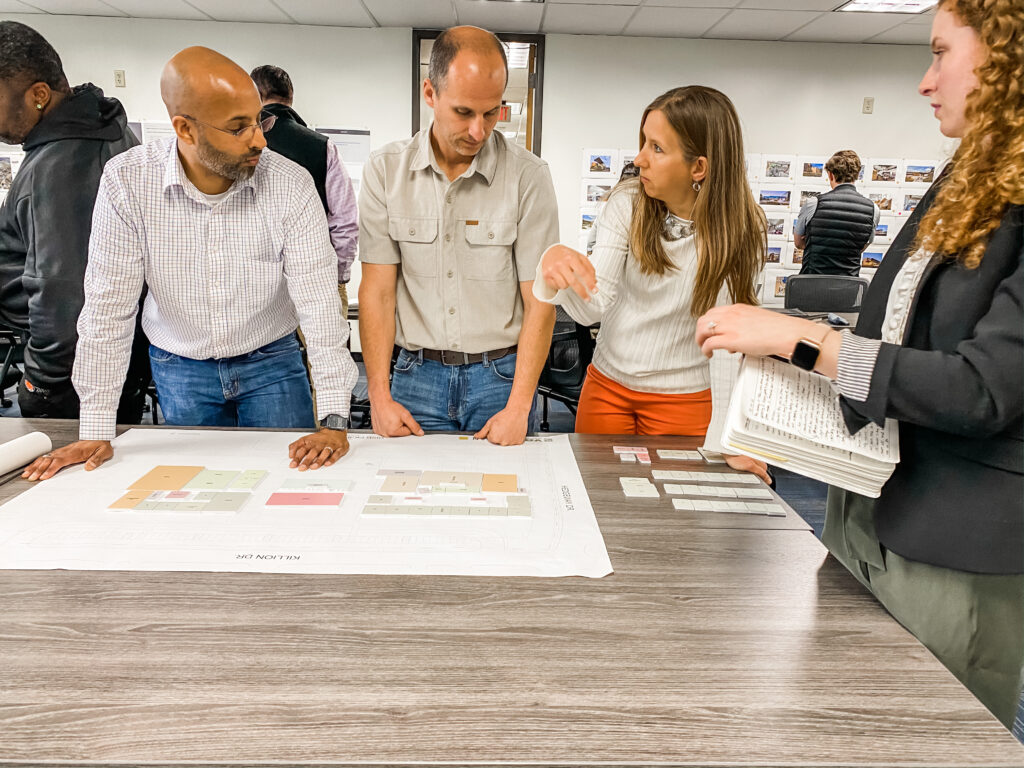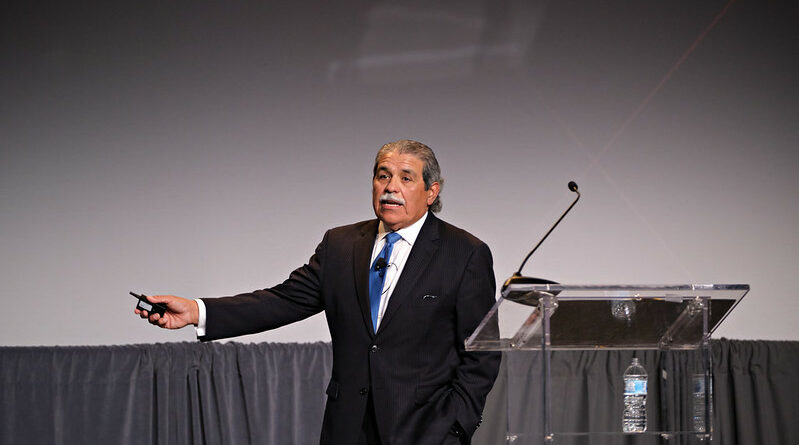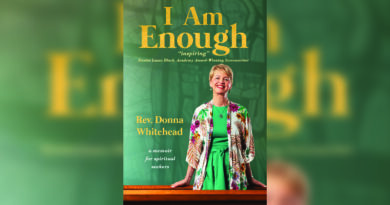A Year Later, and Tornado Still Provides Worries for District
The following is our conversation with Dallas ISD superintendent Dr. Michael Hinojosa, who shared his recollections from the Oct. 20, 2019 tornado.
PN: What went through your head when you get this report that not only has this tornado landed, but it has ripped through several campuses – and not only that, it looks pretty much like it’s destroying three campuses in one fell swoop?
MH: Yeah, so recall what happened last night because I remember sitting watching the Cowboys game with my little chihuahuas, and then all of a sudden I hear that this terrible storm was coming through. And then in the morning, I knew something was really wrong.
And so my driver picked me up and then I went and I saw the devastation and you know, driving through it, it would look like a war zone. And it was just incredible, and the only reason I could get into the area is because my driver is a police officer. So he was able to help me navigate through the devastation.

And then it went from that doesn’t come in the meeting with my team. And within 36 hours, we had all these kids somewhere. And I knew that our people would respond right away. And I knew that the short term answer was just absolutely phenomenal how we move kids to Edison, how we move kids to Tom Field, how we move kids to the basketball arena. But it also knew in my gut, that the short term solution was awesome, but I knew that as time went by, you know, people would get a little bit more nervous and then all the support would wane a little bit. And it kind of played itself out. Everybody was very helpful for the first week or so – week to 10 days. And then after that, those principals really had to step up to try to figure out how to survive the year.
You know, I’ve been a superintendent for 26 years, I thought that was the craziest tragedy that ever happened under my watch. And it was obviously induced by Mother Nature. So I went from that and then start planning for the redo knowing it is going to take a while and then we get back going. And then we have this pandemic, and it pales – the tornado paled in comparison because at least the tornado was localized to the four schools and we had backup plans, etc. And, you know, we’re a big district and we could handle that. But this pandemic, you know, affects the whole district, but it not only affects the whole district, it takes the whole county the whole state, our country, the whole world, but the difference is that a lot of other people are working on that problem with us. The tornado was just us trying to figure out how we handle things for our own students under a crisis like that.
PN: Do you worry about the kids that especially the kids that went that go to Thomas Jefferson, what the double whammy of the tornado and having to travel all the way over to Edison, and this pandemic is going to do to not just to their morale, but just to retention?
MH: Well, back after the pandemic it was one of the first things that I said in front of the public – it was a TV interview or even during one of those sessions, was I said, ‘This is terrible, but this is even more terrible for the TJ kids, because they had their whole senior year rocked, and then they had to go there then we couldn’t even give them a real graduation.’
And yeah, I worry about it. I mean, that’s the first thing that came to mind when I realized that we were going to have to have virtual graduations. But I first thought about TJ because those kids that are seniors really had really had the whole rug pulled out from underneath their feet.
And so Sandi did a phenomenal job trying to keep everything together. But you know, if you talked to her, when she first happened, she was like a rock star, but I saw her about four months later, you know, when I saw her eyes welled up and she’s like, because it all the pressure of the whole world was coming on. Then we had the pandemic. So it was it was surreal for someone like Sandi. She’s our longest serving high school principal – and I think she’s like 13 years old. So but it’s just amazing how all of that looks now you when you look back but yes, that was my first reaction was these TJ kids really got the raw end of the deal.
PN: How do you keep those parents who were already not super thrilled going to Tom Field – how do you keep them engaged in not only wanting to keep their kids in Walnut Hill Elementary, but also engaged in that design process and everything for the new school?
MH: Yeah, like 90% of the kids that go to Walnut Hill don’t live in that attendance zone. So it is a commuter school. And so it’s been a challenge. And of course, they love the little building and, and, but we’re gonna have something more powerful for them. It’s just gonna take, you know, a long time don’t take two years to get execute on that plan. And they were involved in the design and it was sad in their eyes to the parents, especially since they had chosen that school.

But Mr. Potter did a great job. In fact, the only saving grace for us is that he had his own kid in that school, and that he was one of the parents. So he’s walking the walk with them. And I think he’s responsible for helping us keep the glue together out there.
PN: Obviously you can’t plan for a tornado or a pandemic, but would you say that it does seem that maybe the district is learning some lessons when it comes to flexibility and being able to deploy things quickly?
MH: I think our whole world is going to change on these things. And I think flexibility is gonna be the name of the game. You know, education is one of the last industries to change. We’ve been resistant. But I think as we go through this bond program or any bond program, you need to have some flexibility to be able to pivot when Mother Nature takes control, and try not to be too rigid on your planning, because you need to have the opportunity to adjust your plans as issues occur – and as education changes.









